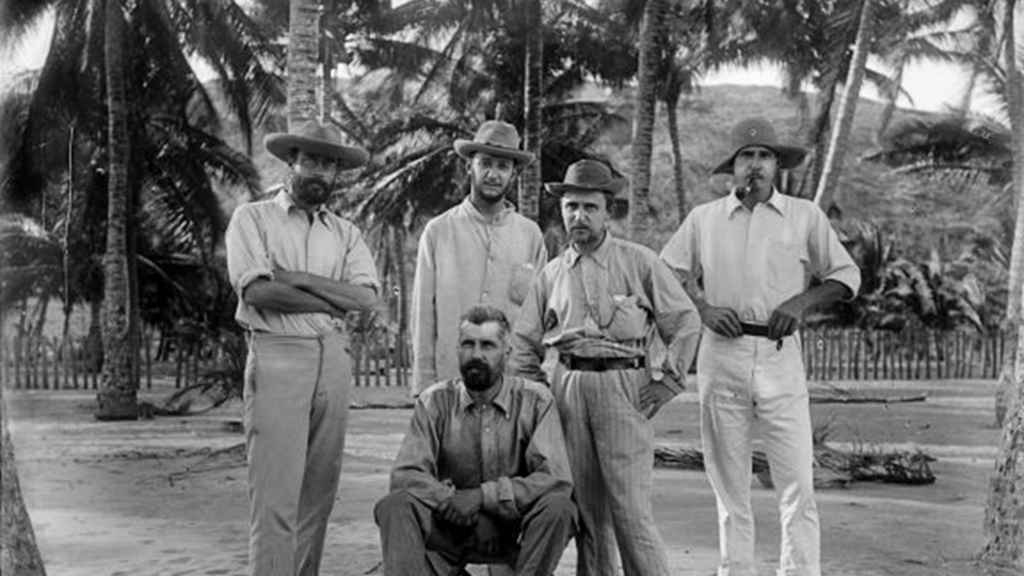


Content Warning: Discussion of war, mental health
By Drew Martel, Chief Clinical Officer
The 3rd Battle of Ypres (also known as the Battle of Passchendaele) would take place from July of 1917 – Nov 1917, where the allied armies of WW1 would face off against the German Empire near the Belgian Village of Passchendaele. Casualty estimates from this battle ranged from 475,000 – 600,000.
The battle would take place on a muddy soaked plain, where soldiers would struggle with sticky, wet mud, amidst constant artillery fire.
It was at this battle that the British Army would pilot an emerging treatment protocol for soldiers experiencing a mental health crisis (referred to as “shell shock” or “war neurosis” at the time). The British would set up three “Forward Psychiatry” units, with the purpose of treating soldiers afflicted by mental duress, with the goal of “Allowing an individual’s coping skills the opportunity to heal, to normalize their reaction to the battle, and to minimize any possible secondary gain from the symptoms” (I believe this is the most succinct and beautiful definition of what it means to do crisis work – and I use this when describing the goals of our work to policymakers).
Typical symptoms of “shell shock” included “a thousand yard stare,” uncontrolled laughing or crying, mutism, tremors, loss of balance, chronic headaches, and fatigue.
Intervention activities at these forward psychiatry units were very limited and mostly included reassurance (that the afflicted soldier would return to baseline functioning), encouragement, and rest. Earlier in the war, a British Anthropologist and Psychologist by the name of William Rivers had created a treatment protocol for shell shock that he termed “Autognosis” (from Greek “Auto” – “self” and “gnosis” – “knowledge” – literally “self knowledge”) – whereby he found that if he sat with afflicted soldiers, educating them about what was happening to them when in crisis, encouraging them to express emotions and provided validation to their experiences, they appeared to respond positively to the intervention.
Additionally, another British Psychologist by the name of Charles Myers had developed a crisis intervention protocol based on three primary essentials: Promptness of Action (getting to a soldier having a mental health crisis quickly), Suitable Environment (he believed providing psychological interventions outside of a field hospital was most effective), and Psychotherapeutic Measures (similar to Will River’s approach – education, validation, and reassurance).
It was at these forward psychiatry stations where both protocols would be put to the test in a mass casualty event, with remarkable success. Despite the simplicity of these forward treatment centers, and the horrors of the 3rd Battle of Ypres, shell shock casualty rates (those that had to be removed from combat entirely) dropped to a mere 1% of all casualties (for comparison, some estimates are that 45% of all casualties at the Somme Offensive were shell shock casualties). Only around 10% of the treated cases required referral for hospitalization (so 10% of the 1% were referred on for hospitalization).
Is this the earliest case of crisis intervention theory? I have no idea (probably not), but it’s one of the earliest documented cases, and a fascinating and important piece of the history of our work and field.